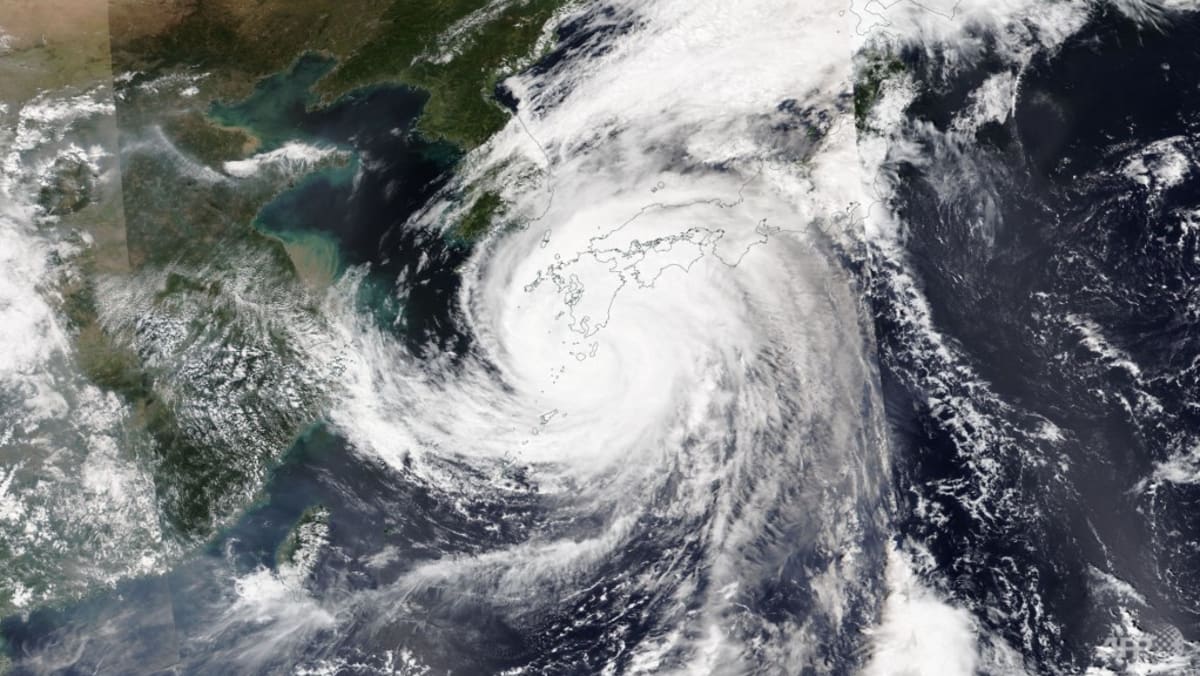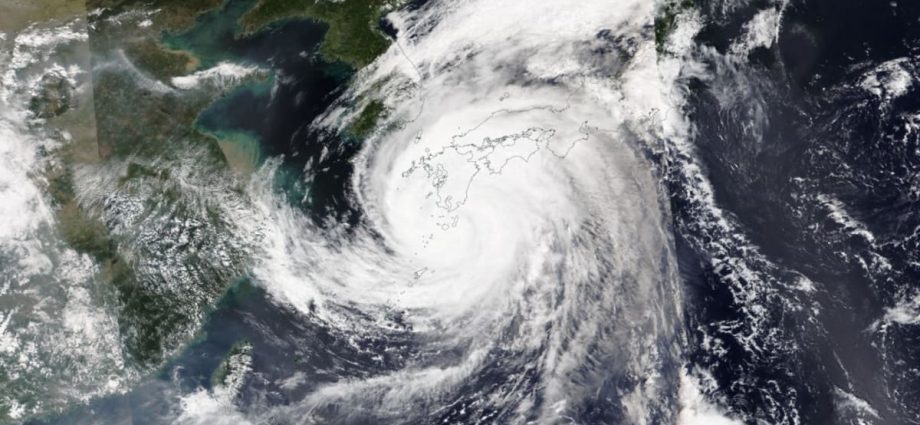
SINGAPORE: In recent weeks, the planet has been lashed by a series of typhoons and hurricanes.
Since the end of August, the Atlantic Ocean has seen hurricanes Danielle, Earl and Fiona, with Hurricane Ian now bearing down on Florida.
At the same time, countries along the Pacific Ocean were battered by typhoons Hinnamnor, Muifa and Nanmadol before Noru made landfall.
But what is the difference between a typhoon and a hurricane? How do they get their names? And could climate change put Singapore in the path of one of these weather events?
Here is what you need to know:
TYPHOON OR HURRICANE – WHAT IS THE DIFFERENCE?
According to the National Ocean Service of the US National Oceanic and Atmospheric Administration (NOAA), typhoons and hurricanes are the same thing – tropical cyclones.
“A tropical cyclone is a generic term used by meteorologists to describe a rotating, organised system of clouds and thunderstorms that originates over tropical or subtropical waters and has closed, low-level circulation,” NOAA said on its website.
The only difference between them is where they occur.
“In the North Atlantic, central North Pacific and eastern North Pacific, the term hurricane is used. The same type of disturbance in the Northwest Pacific is called a typhoon,” NOAA said.
“Meanwhile, in the South Pacific and Indian Ocean, the generic term tropical cyclone is used, regardless of the strength of the wind associated with the weather system.”

